While I had some extra free time because of the holidays, I met up with a lot of friends. One of our visits together was to Viva Mooo in Henderson of the Las Vegas Valley.
This spot was formerly known as one of the two locations of Kang’s Kitchen Korean BBQ (or 강식당), with the other one being at the Rio Hotel & Casino. I wasn’t able to confirm this for sure, but due to the abundance of Kang’s branding still in the restaurant, as well as the new owner out on the dining floor interacting with customers, I am guessing that the restaurant was recently sold to new management.
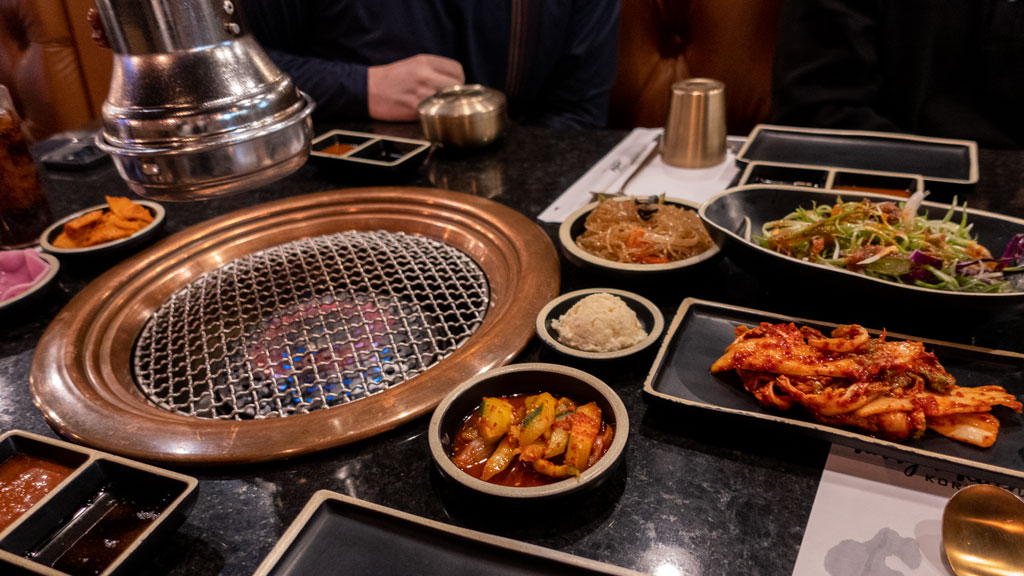
We ordered the premium all-you-can-eat dinner. While our raw meats were being brought out, we ordered some pre-cooked Korean fried chicken to keep our mouths occupied.
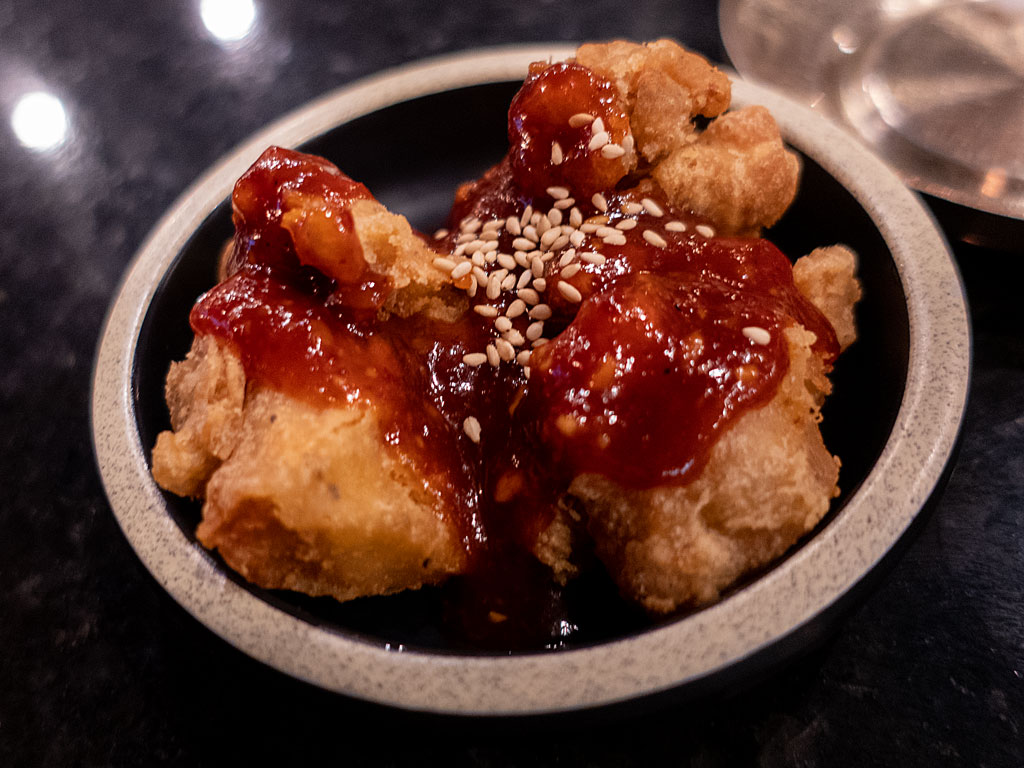
Usually, at all-you-can-eat spots, they’ll bring out the meats very slowly in hopes that you’ll get full during the wait time. Because of this, there is a certain strategy you have to employ where you have to leave meats permanently in the queue and put in replacement orders prior to the previous round fully being served. It gets annoying, but it is the reality of AYCE business practices.
Something I loved about Viva Mooo is that they were not at all like other AYCE restaurants. All our orders came out quickly, suddenly, and all at once. We ordered beef brisket, ribeye, seasoned rib, beef tongue, and seasoned short rib; not long after, our table was drowning in raw meat. It’s possible that this was because the restaurant didn’t look too busy while we were there, but it was definitely a refreshing experience.

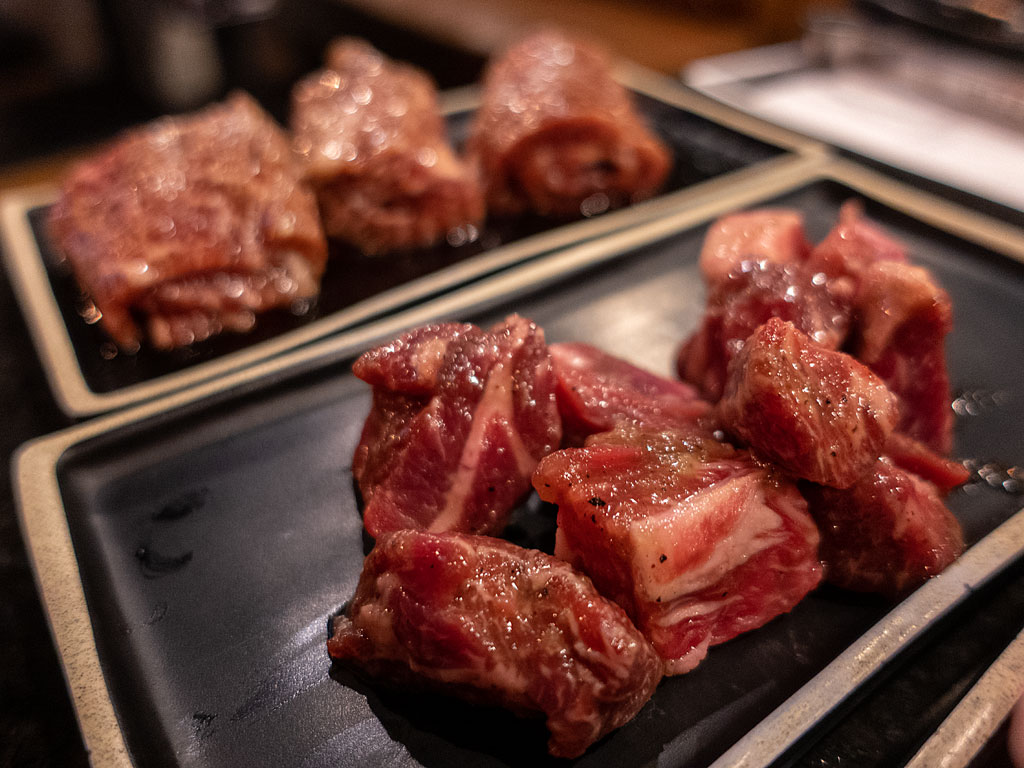
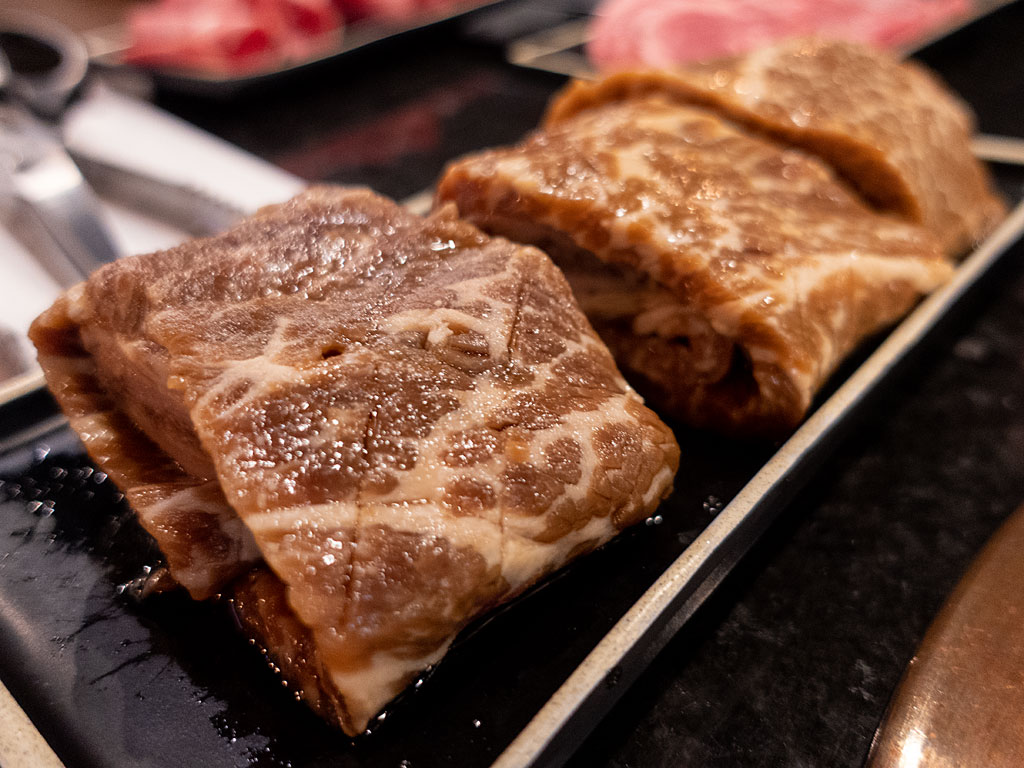
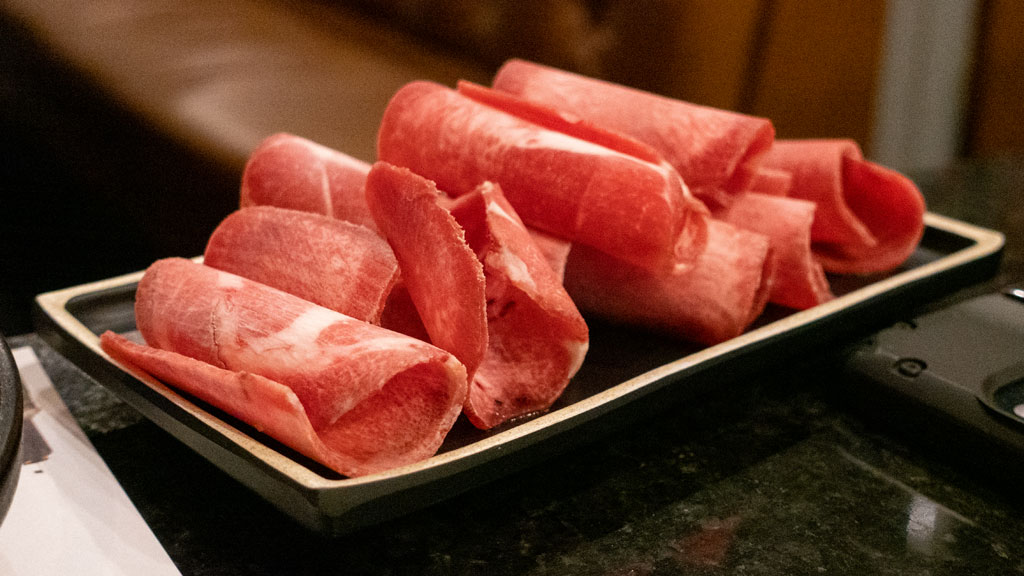
The portion sizes at Viva Mooo were also very satisfying—the cuts were much larger and thicker than what you’d expect from an AYCE restaurant.
I completely understand why other AYCE restaurants do what they do—not everyone goes to restaurants like this often and not everyone knows what they’re doing, so there are probably a lot of wasted leftovers of diners accidentally ordering too much or ordering something they don’t like and not finishing it. Regardless, it is still a much better experience when you chew down on the meat and there is actually something there, rather than just falling apart as stringy strips because the cut was way too thin.
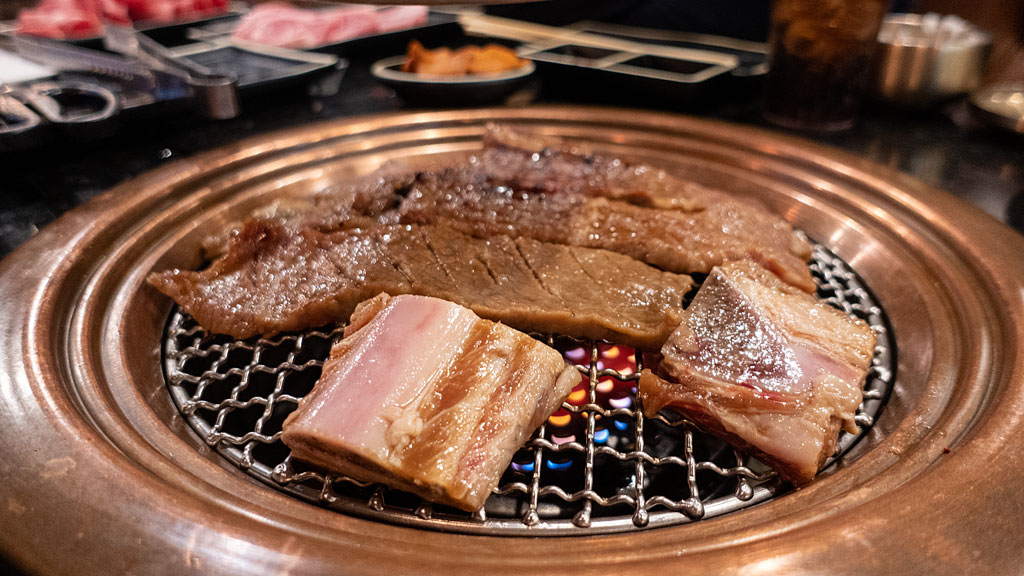
Last was the “grand finale” and the signature dish of the restaurant—the “B3ST Burger.” The owner of the restaurant, who is named Victor if I remember correctly, came over to chat with us during our meal. He let us know that he was hoping to get a Michelin star on this burger, and he shared his story of his past restaurant experiences and how he got to this point with this particular burger dish.
The presentation, as you can clearly see from the photograph below, was an absolute disaster. I don’t know if it just suffered from a casual magnitude-7 earthquake while being carried from the kitchen to our table, but the burger skewer was inserted sideways for goodness’ sake. The lettuce was not shaped or rounded, and the vegetables inside the burger were all over the place. Half the top bun apparently couldn’t get through to the suicide hotline and is about to jump off the edge.
Flavor-wise, the first bite was orgasmic. It had a stronger explosion of flavor than almost any burger I had ever tasted. The sauce was also one-of-a-kind, and something I had never seen on a burger before. It almost tasted like a mixture of jam and sauce—sweeter and tangier than usual, but not fully to the level of pure jam.
The next few bites were very good. I think it could’ve used some more vegetables, and the bun wasn’t special whatsoever, but the meat shone through. I finished half the burger and it was amazing.
Then came the second half. The more I ate, the more my perception of the taste declined. The flavor went from “extremely savory” to “good but a little too rich” to “too heavy.” I went back to hoping that the burger had more vegetables, and I wondered how many weeks’ worth of saturated fat I was consuming in this single burger. I noticed a thin layer of fattiness coating the entire inside of my mouth. I rotated my tongue around my mouth in hopes that it would scrape off some of that new lining of fat on my inner cheeks, but it didn’t help.
There is a reason extremely fatty cuts of meat are served in moderation—they are great at first, but eating too much at once makes many people’s stomachs uncomfortable. Most burgers use ground meats ranging from 90-95% lean and 5-10% fat, often called ground sirloin, all the way to 70% lean and 30% fat, the highest ratio of fat content permissible under the U.S. Code of Federal Regulations, Title 9, §319.15. I’ve heard many chefs call 80% lean and 20% fat to be the “magic ratio.”
Because the B3ST Burger is a custom-designed and -made dish at a restaurant that isn’t just pre-packaged ground beef for sale, the aforementioned law does not apply. However, I think restaurants should still use this as a guideline, otherwise the meat will probably be way too fatty, and I suspect that the fat content of this burger at Viva Mooo might have actually been greater than 30%.
Serving something like this will probably have good results for the first few bites as diners get shocked by the unexpected burst of flavor, but it’s not something sustainable throughout an entire burger. People who have more acute taste buds will notice this as an “easy way out” method to make your dish seem better, and I can’t imagine that this burger is close to earning a Michelin star any time soon.
To be clear, I still liked the burger. But, if you go to this restaurant and want to try it out, I recommend only ordering one and sharing it with someone else, at least until the owner makes some adjustments to the formula.
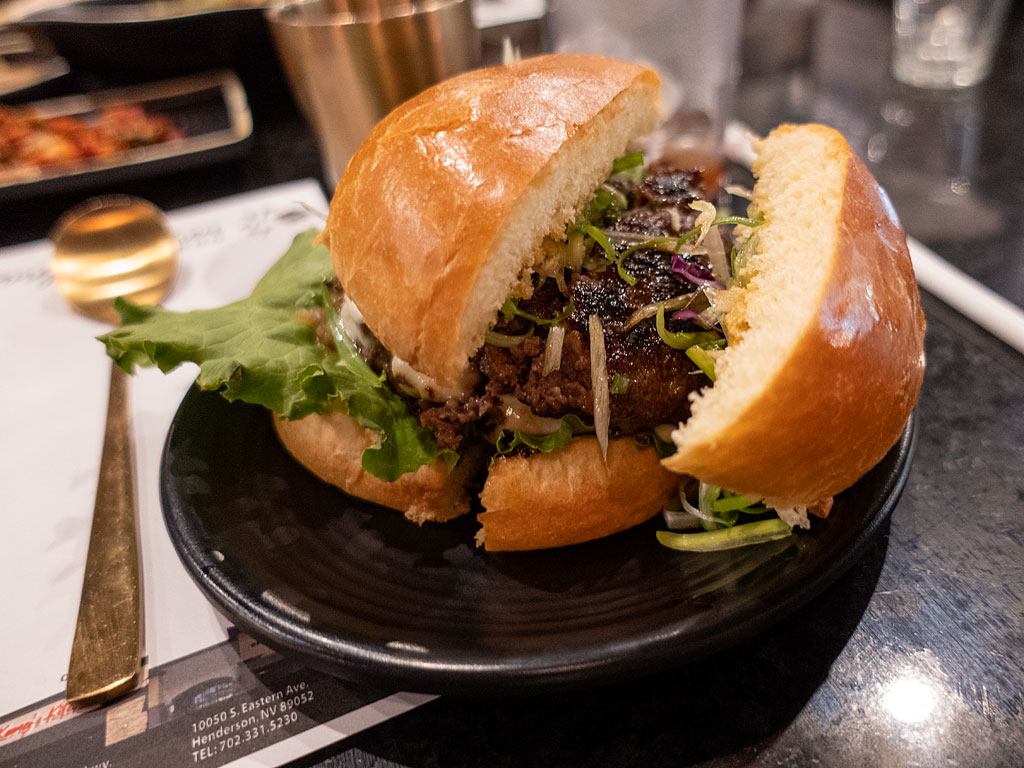
There was also something called a K-Burger Steak on the menu; I ordered this just to try it out, and I think it was basically the same beef patty as the B3ST Burger, but without the sauce and bread. I managed to get through about half of it, simply for the sake of not wasting food, before I was about to feel sick from the fattiness and had to stop.
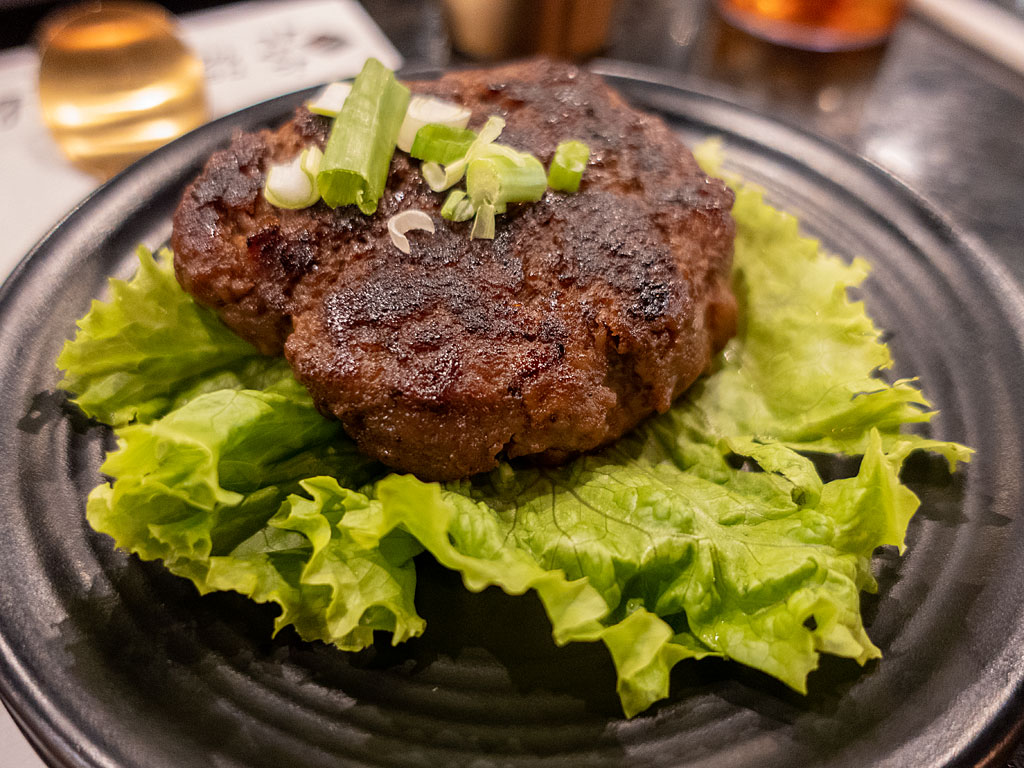
For dessert, we received a cup of rice punch, called 식혜 in Korean. I’d say this was pretty average taste-wise, but the ice wasn’t blended well, so the beverage wasn’t as smooth and refreshing as it could have been.
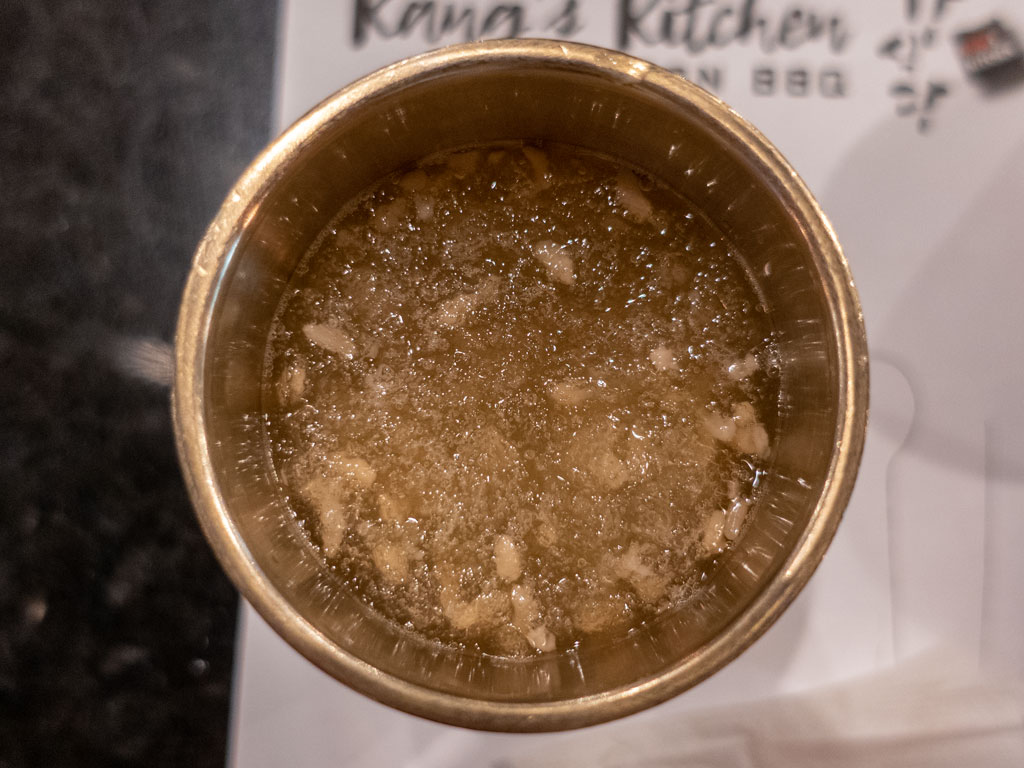
In total, I paid $56.72 for my portion of the meal, with $44.88 being the dinner AYCE base price and the rest going towards tax and gratuity. It’s pricier than other AYCE Korean BBQ restaurants, but I think the cost premium is definitely worth it considering the quality of the meats and service.